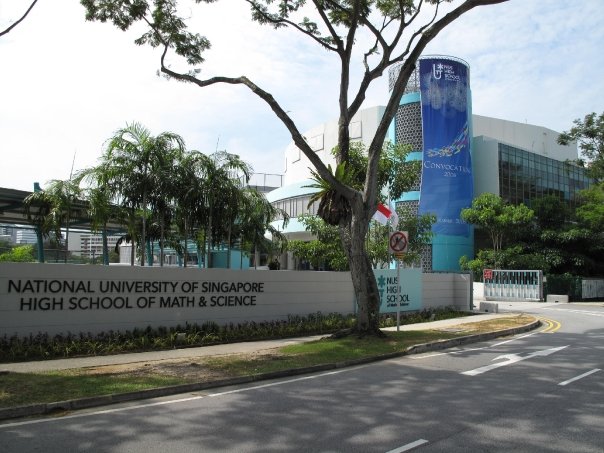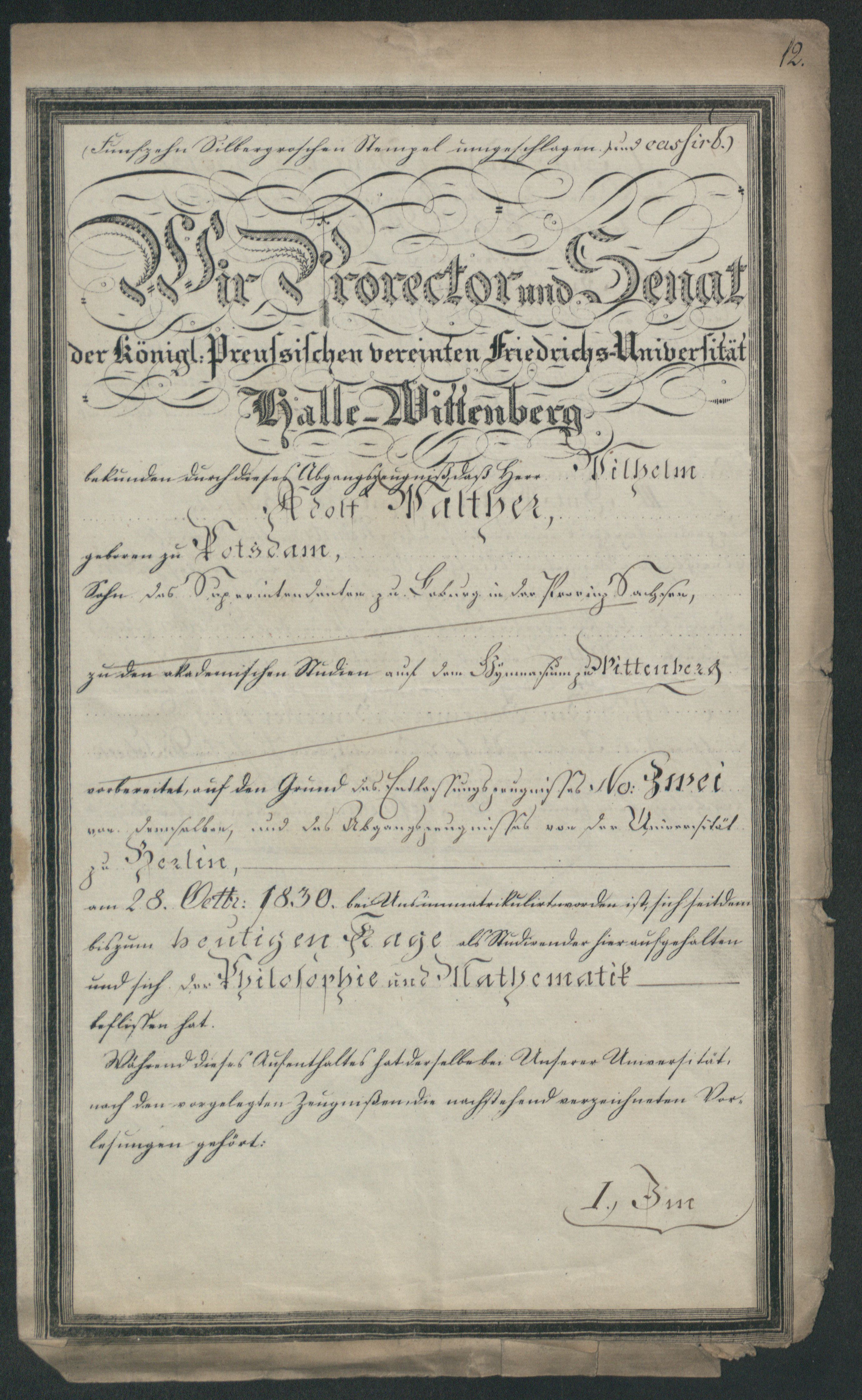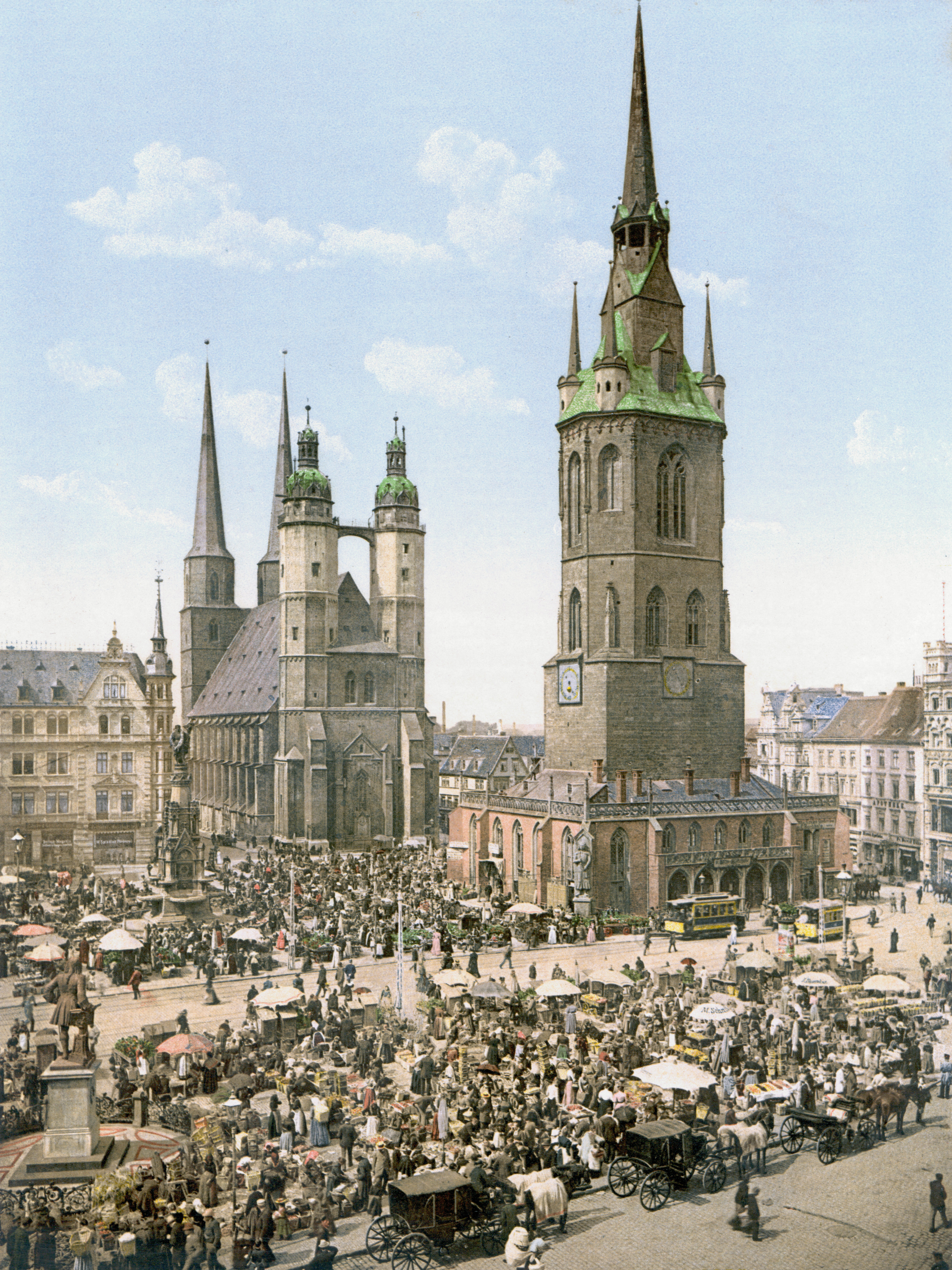|
Stuart Parkin
Stuart Stephen Papworth Parkin (born 9 December 1955) is an experimental physicist, Managing Director at the Max Planck Institute of Microstructure Physics in Halle and an Alexander von Humboldt Professor at the Institute of Physics of the Martin-Luther-University Halle-Wittenberg. He is a pioneer in the science and application of spintronic materials, and has made discoveries into the behaviour of thin-film magnetic structures that were critical in enabling recent increases in the data density and capacity of computer hard-disk drives. For these discoveries, he was awarded the 2014 Millennium Technology Prize. He is commonly referred to as the "spin doctor". Before his current position, Parkin was an IBM Fellow and manager of the magnetoelectronics group at the IBM Almaden Research Center in San Jose, California. He was also a consulting professor in the department of applied physics at Stanford University and director of the IBM-Stanford Spintronic Science and Applicati ... [...More Info...] [...Related Items...] OR: [Wikipedia] [Google] [Baidu] |
Max Planck Institute Of Microstructure Physics
The Max Planck Institute of Microstructure Physics in Halle (Saale) is a research institute in Germany focused novel materials with useful functionalities. Active research topics includes spintronics, neuromorphic systems, nano-photonics, topological metals and insulators etc . It was founded in 1992 by Hellmut Fischmeister and is a follow-up to the German Academy of Sciences Institute of Solid State Physics and Electron Microscopy. The institute moved into new buildings from 1997 till 1999. It is one of 84 institutes in the Max Planck Society (Max-Planck-Gesellschaft). The institute has three main departments: # Stuart Parkin: Nano-systems from Ions, Spins and Electrons (NISE) # Joyce Poon: Nano-photonics, Integration and Neural Technology (NINT) # Xinliang Feng: Synthetic Materials and Functional Devices (SMFD) Former departments include the following: #The Theory Department, headed by Prof. Eberhard Gross, mainly carries out theoretical research on the electronic, magnetic, ... [...More Info...] [...Related Items...] OR: [Wikipedia] [Google] [Baidu] |
Millennium Technology Prize
The Millennium Technology Prize () is one of the world's largest technology prizes. It is awarded once every two years by Technology Academy Finland, an independent foundation established by Finnish industries, academic institutions, and the state of Finland. The patron of the prize is the President of Finland. The Millennium Technology Prize is Finland's tribute to innovations for a better life. The aims of the prize are to promote technological research and Finland as a high-tech Nordic welfare state. The prize was inaugurated in 2004. The Prize The idea of the prize came originally from the Finnish academician Pekka Jauho, with American real estate investor and philanthropist Arthur J Collingsworth encouraging its establishment.Millennium, Finnfacts.com (Archive ... [...More Info...] [...Related Items...] OR: [Wikipedia] [Google] [Baidu] |
National University Of Singapore
The National University of Singapore (NUS) is a national university, national Public university, public research university in Singapore. It was officially established in 1980 by the merging of the University of Singapore and Nanyang University. The university offers degree programmes in disciplines at both the undergraduate and postgraduate levels, including in the sciences, medicine and dentistry, design and environment, law, arts and social sciences, engineering, business, computing, and music. NUS's main campus is located adjacent to the Kent Ridge subzone of Queenstown, Singapore, Queenstown. The Duke–NUS Medical School is located at the Outram, Singapore, Outram campus. The Bukit Timah campus houses the National University of Singapore Faculty of Law, Faculty of Law and Lee Kuan Yew School of Public Policy. NUS's affiliated faculty members and researchers include one Nobel Prize laureate, one Tang Prize laureate, and one Vautrin Lud Prize, Vautrin Lud laureate. History ... [...More Info...] [...Related Items...] OR: [Wikipedia] [Google] [Baidu] |
Cavendish Laboratory
The Cavendish Laboratory is the Department of Physics at the University of Cambridge, and is part of the School of Physical Sciences. The laboratory was opened in 1874 on the New Museums Site as a laboratory for experimental physics and is named after the British chemist and physicist Henry Cavendish. The laboratory has had a huge influence on research in the disciplines of physics and biology. The laboratory moved to its present site in West Cambridge in 1974. , 30 Cavendish researchers have won Nobel Prizes. Notable discoveries to have occurred at the Cavendish Laboratory include the discovery of the electron, neutron, and structure of DNA. Founding The Cavendish Laboratory was initially located on the New Museums Site, Free School Lane, in the centre of Cambridge. It is named after British chemist and physicist Henry Cavendish for contributions to science and his relative William Cavendish, 7th Duke of Devonshire, who served as chancellor of the university and donated fu ... [...More Info...] [...Related Items...] OR: [Wikipedia] [Google] [Baidu] |
Trinity College, Cambridge
Trinity College is a Colleges of the University of Cambridge, constituent college of the University of Cambridge. Founded in 1546 by King Henry VIII, Trinity is one of the largest Cambridge colleges, with the largest financial endowment of any college at Oxford or Cambridge. Trinity has some of the most distinctive architecture in Cambridge with its Trinity Great Court, Great Court said to be the largest enclosed courtyard in Europe. Academically, Trinity performs exceptionally as measured by the Tompkins Table (the annual unofficial league table of Cambridge colleges), coming top from 2011 to 2017, and regaining the position in 2024. Members of Trinity have been awarded 34 Nobel Prizes out of the 121 received by members of the University of Cambridge (more than any other Oxford or Cambridge college). Members of the college have received four Fields Medals, one Turing Award and one Abel Prize. Trinity alumni include Francis Bacon, six British Prime Minister of the United Kingdo ... [...More Info...] [...Related Items...] OR: [Wikipedia] [Google] [Baidu] |
Almaden Research Center
IBM Research is the research and development division for IBM, an American multinational information technology company. IBM Research is headquartered at the Thomas J. Watson Research Center in Yorktown Heights, New York, near IBM headquarters in Armonk, New York. It is the largest industrial research organization in the world with operations in over 170 countries and twelve labs on six continents. IBM employees have garnered six Nobel Prizes, six Turing Awards, 20 inductees into the U.S. National Inventors Hall of Fame, 19 National Medals of Technology, five National Medals of Science and three Kavli Prizes. , the company has generated more patents than any other business in each of 25 consecutive years, which is a record. History The roots of today's IBM Research began with the 1945 opening of the Watson Scientific Computing Laboratory at Columbia University. This was the first IBM laboratory devoted to pure science and later expanded into additional IBM Research locatio ... [...More Info...] [...Related Items...] OR: [Wikipedia] [Google] [Baidu] |
IBM Fellow
An IBM Fellow is a position at IBM appointed by the CEO. Typically only four to nine (eleven in 2014) IBM Fellows are appointed each year, in May or June. Fellow is the highest honor a scientist, engineer, or programmer at IBM can achieve. Overview The IBM Fellows program was founded in 1962 by Thomas Watson Jr., as a way to promote creativity among the company's "most exceptional" technical professionals and is granted in recognition of outstanding and sustained technical achievements and leadership in engineering, programming, services, science, design and technology. The first appointments were made in 1963. The criteria for appointment are stringent and take into account only the most-significant technical achievements. In addition to a history of extraordinary accomplishments, candidates must also be considered to have the potential to make continued contributions. Francis E. Hamilton is believed to be the first IBM Fellow, appointed in 1963 for amongst other things his ... [...More Info...] [...Related Items...] OR: [Wikipedia] [Google] [Baidu] |
Martin-Luther-University Halle-Wittenberg
Martin Luther University Halle-Wittenberg (), also referred to as MLU, is a public research university in the cities of Halle and Wittenberg. It is the largest and oldest university in the German state of Saxony-Anhalt. MLU offers German and international (English) courses leading to academic degrees such as BA, BSc, MA, MSc, doctoral degrees, and habilitation. The university was created in 1817 through the merger of the University of Wittenberg (founded in 1502) and the University of Halle (founded in 1694). MLU is named after Protestant reformer Martin Luther, who was a professor in Wittenberg. Today, the university campus is located in Halle, while ''Leucorea Foundation'' in Wittenberg serves as MLU's convention centre. History University of Wittenberg (''Universität Wittenberg'') was founded in 1502 by Frederick the Wise, Elector of Saxony to propagate the principles of Renaissance humanism. The foundation of the university was heavily criticized, especially wh ... [...More Info...] [...Related Items...] OR: [Wikipedia] [Google] [Baidu] |
Alexander Von Humboldt Professorship
The Alexander von Humboldt Professorship is an academic prize named after Alexander von Humboldt and awarded by the Alexander von Humboldt Foundation since 2008. The prize is intended to attract internationally leading scientists from abroad to Germany so that they can carry out top-level research there and strengthen Germany as a research location. The prize includes a permanent full professorship at the hosting university, plus 5 million euros for experimentally working scientists or 3.5 million euros for theoretically working scientists (in addition, the university is expected to provide matching funds). This makes it the most highly endowed research prize in Germany, and possibly world-wide. A maximum of ten Alexander von Humboldt Professorships can be awarded every year to researchers of all disciplines. From 2020 to 2024, an additional six Humboldt Professorships in the field of artificial intelligence can be awarded each year. Nominations are made by German universi ... [...More Info...] [...Related Items...] OR: [Wikipedia] [Google] [Baidu] |
Halle (Saale)
Halle (Saale), or simply Halle (), is the second largest city of the States of Germany, German state of Saxony-Anhalt. It is the sixth-most populous city in the area of former East Germany after (East Berlin, East) Berlin, Leipzig, Dresden, Chemnitz and Magdeburg as well as the List of cities in Germany by population, 31st-largest city of Germany. With around 226,000 inhabitants, it is less populous than the state capital, Magdeburg. With Leipzig, the largest city of Saxony, Halle forms the polycentric metropolitan area, polycentric Leipzig-Halle conurbation. Leipzig/Halle Airport, Leipzig/Halle International Airport lies between the two cities, in Schkeuditz. The Leipzig-Halle conurbation is at the heart of the larger Central German Metropolitan Region. Halle has been known by many names throughout its history. From the 15th to the 17th century: ''Hall in Sachsen''. From then until the beginning of the 20th century, the name Halle an der Saale was used, and still remains a more ... [...More Info...] [...Related Items...] OR: [Wikipedia] [Google] [Baidu] |
Experimental Physicist
Experimental physics is the category of disciplines and sub-disciplines in the field of physics that are concerned with the observation of physical phenomena and experiments. Methods vary from discipline to discipline, from simple experiments and observations, such as experiments by Galileo Galilei, to more complicated ones, such as the Large Hadron Collider. Overview Experimental physics is a branch of physics that is concerned with data acquisition, data-acquisition methods, and the detailed conceptualization (beyond simple thought experiments) and realization of laboratory experiments. It is often contrasted with theoretical physics, which is more concerned with predicting and explaining the physical behaviour of nature than with acquiring empirical data. Although experimental and theoretical physics are concerned with different aspects of nature, they both share the same goal of understanding it and have a symbiotic relationship. The former provides data about the universe, wh ... [...More Info...] [...Related Items...] OR: [Wikipedia] [Google] [Baidu] |
Charles Stark Draper Prize
The U.S. National Academy of Engineering annually awards the Draper Prize, which is given for the advancement of engineering and the education of the public about engineering. It is one of three prizes that constitute the "Nobel Prizes of Engineering"—the others are the Academy's Russ and Gordon Prizes. The Draper Prize is awarded biennially and the winner of each of these prizes receives $500,000. The Draper prize is named for Charles Stark Draper, the "father of inertial navigation", an MIT professor and founder of Draper Laboratory. Past winners * 1989: Jack S. Kilby and Robert N. Noyce for their independent development of the monolithic integrated circuit * 1991: Sir Frank Whittle and Hans von Ohain for their independent development of the turbojet engine * 1993: John Backus for his development of FORTRAN, the first widely used, general purpose, high-level computer language * 1995: John R. Pierce and Harold A. Rosen for their development of communication satellite ... [...More Info...] [...Related Items...] OR: [Wikipedia] [Google] [Baidu] |









